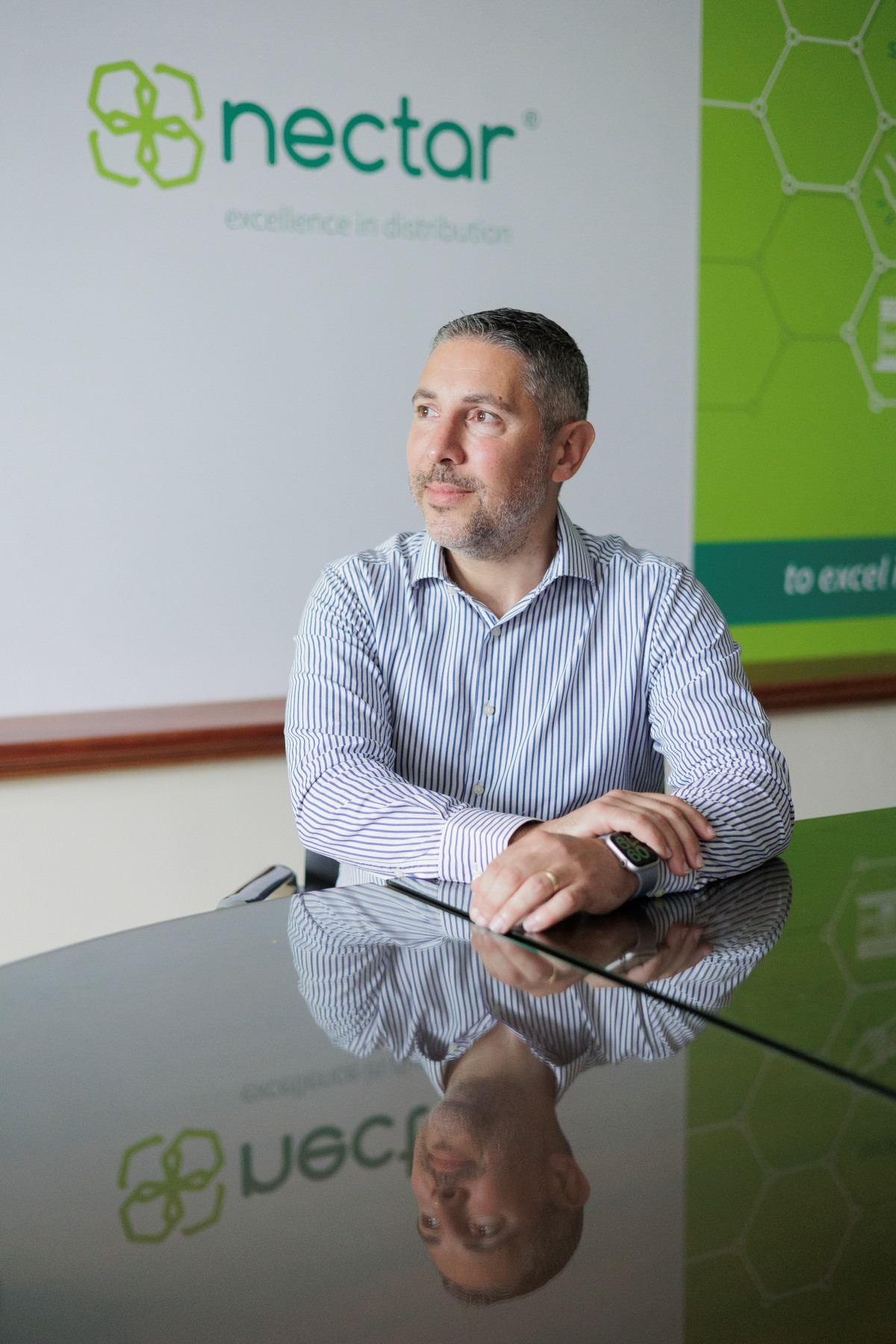Across industries, the employee experience is becoming a management-wide responsibility, not just an HR remit. As burnout and retention concerns remain high and remote working’s popularity increases, trust, belonging, and purpose have become business-critical. Against this backdrop, the Employee Net Promoter Score (eNPS) is emerging as a striking indicator of organisational health – and the case for adopting it is strong.
Benchmarks vary significantly depending on industry, region, and survey provider. Perceptyx places the global eNPS average at 14 to 15 while other HR analysts including CustomerGauge report averages closer to 30. Scores of 10 to 30 are considered good, scores over 50 deemed excellent, and anything above 70 categorised as exceptional.
So what exactly is eNPS and why does it matter?
In terms of mechanics, the metric asks employees the question: ‘how likely are you to recommend your workplace to others?’ Individuals rate this probability on a scale of 0-10. The overall score is then calculated as the percentage of promoters (scores 9–10) minus the percentage of detractors (scores 0–6) while neutrals (scores 7–8) are excluded.
Among its benefits, eNPS provides clarity: a single question quickly understood by everyone, preventing questionnaire fatigue. Quick deployment makes the metric ideal for capturing a snapshot of current mood, as well as a powerful trendspotting tool for tracking morale upswings or declines over time – helping to estimate turnover and take preventative action. Finally, its uncomplicated execution and completion (no sprawling, confusing data) makes eNPS highly scalable across departments.
Simplicity and accessibility may be eNPS’s strength but there are limitations to acknowledge. The score provides a temperature check of how employees feel in the moment but does not offer explanations of why employees feel the way they do. Given the lack of depth, follow-up, and analysis are required to identify sentiment drivers and themes demanding action.
Context bias is another limitation; salary or workload frustrations, for instance, can influence scores. Results must therefore be carefully interpreted. Additionally, the score omits the potentially moveable middle – respondents categorised as neutrals.
For organisations seeking greater context and detail on what matters to employees and why, other tools can be leveraged in tandem with eNPS.
Employee Engagement Indexes offer an all-encompassing approach to understanding engagement and retention drivers. EEIs combine responses (on a 0-10 scale) across multiple areas – satisfaction, motivation, recognition, communication, career development and values alignment – grouped under several pillars. Hive HR reports a 2023-2024 cross-sector EEI average score of 70 per cent (UK and Ireland).
Meanwhile, 360-degree feedback, albeit less focused on sentiment, employs input from peers, supervisors, and direct reports. Regular pulse surveys capture real-time changes in morale, workload perception, and team dynamics. And stay interviews (opposite to the reactive approach of exit interviews) involve direct conversations with personnel to identify what is working before staff consider leaving.
While eNPS may not offer a nuanced understanding, it is widely regarded by HR analysts as a reliable barometer of identity, morale, and long-term loyalty – and a worthy starting point.
Executed well, eNPS is not just a data collection tool. It initiates conversations that lead to change, so the question is how it can be used to shape better workplaces. Given its recent score of 66 – far above the FMCG industry’s average of 30 – importer and distributor Nectar has some insight to offer.

Head of HR Mark Bugeja shares that the metric was an obvious, appealing choice in the search for something simple, consistent, and benchmarkable to gauge employee sentiment. Favouring the user-friendly interface suited to all staff levels, Nectar introduced eNPS in 2021, trialling it first on the sales team before rolling it out fully in 2022. Surveys are now conducted annually, with voluntary participation strong company-wide.
Like several other HR metrics, eNPS guarantees respondents’ anonymity, the assured psychological safety encouraging people to speak up. BambooHR’s built-in sentiment analysis classifies responses by tone and results are only mapped by department (with a minimum of six staff) to protect individuals’ privacy.
A straightforward process. But how can companies convert data into action? At Nectar, this involves leadership assessing feedback on its own merit, acknowledging and prioritising major concerns accordingly. Recommended action points are then fed into the HR roadmap. Crucially, management communicates initiatives and outcomes back to staff, as the company firmly believes that transparent feedback loops help build employee trust.
Tangible upgrades are another way for organisations to positively respond to survey insights. Nectar introduced insurance for all its employees and took “simple feedback about logistical challenges” seriously, improving communications and working practices between its sales and delivery teams as a result.
Notably, eNPS can be used as a springboard for deeper cultural work. A key point here is that the score itself does not create future internal culture; it merely reflects staff’s attitude towards their current one. So “regular efforts and daily reinforcing behaviours” are vital for nurturing a positive workplace environment, the HR Head maintains.
Building informal one-to-ones into leadership DNA through “small but consistent acts” can boost morale and positively impact a company’s Net Promoter Score. As trust and communication are foundational elements of engagement, Nectar’s managers check in with their teams in intuitive ways, whether that is going down to the packers’ warehouse, the delivery team’s loading bay, or even the street for connection and conversation.
Given that universal attrition rates are commonly connected to employees’ superiors, the need for emotionally intelligent leadership has never been greater. Balancing performance reviews with accountability and sensitivity and exploring the motivations and outlook of top talent via the proactive stay interviews can all contribute to achieving a healthy eNPS.
Exploring initiatives beyond the usual social events can also pave the way for a positive eNPS to further strengthen internal culture. The FMCG firm has found its annual dedicated HR Week – hosting experts on nutrition, coaching, and holistic wellbeing – to be a defining move in terms of morale, identity and development.
There is nevertheless the issue of sustaining momentum over time by avoiding the pitfall of overwhelming staff with frequent change. Pacing changes thoughtfully, regularly reviewing their relevance, and being mindful about survey frequency are all effective strategies for preventing cultural fatigue.
For firms considering eNPS adoption, care and consideration are required when it comes to implementation, feedback and communication. Despite its user-friendliness, there are key takeaways including starting small with a pilot group before full rollout. Ensuring top level buy-in from the start is essential and “if management isn’t aligned, don’t do it,” Mr Bugeja warns. Also, eNPS works best when paired with empathy, consistency, and adaptability. “Treat feedback as a commitment, not a token gesture and accept it with humility. Communicate openly, even when the answer is ‘not yet or not possible,’ and be genuinely willing to act.”
This type of cultural maturity does not happen overnight, but patient, targeted efforts can produce significant eNPS returns. Like the FMCG player, firms in other sectors can meaningfully use feedback to shape onboarding practices, performance reviews, training, communication and relationships. Ultimately, the long-term aim is to build engagement into the whole company’s structure, instead of relying on a single survey or on HR to micromanage every workplace effort.
High eNPS scores are not vanity metrics. They indicate alignment between values and experience, promise and delivery. “Our score tells us employees feel seen and heard, that they want to be here and our culture is being lived every day,” Mr Bugeja shares. That said, a positive eNPS is not an absolute. It is a guide that the foundations are working; a mirror reflecting how employees feel about their workplace today and the likelihood of them being tomorrow’s ambassadors. Its value lies in how companies act on this information.
In a competitive labour market where loyalty is hard won, that kind of clarity means everything.
Malta’s telecoms sector sees continued growth as MCA expands digital regulatory remit
2024 saw 'a substantial volume of regulatory, supervisory and strategic policy work'
New EU rules set to reshape consumer credit market by 2026, MACM warns
It will be taking effect in November 2026
MDA welcomes White Rocks’ conversion into National Park
The 450,000 square-metre site was for decades used as residential accommodation for military personnel






